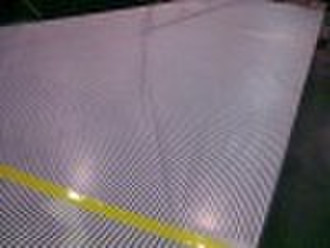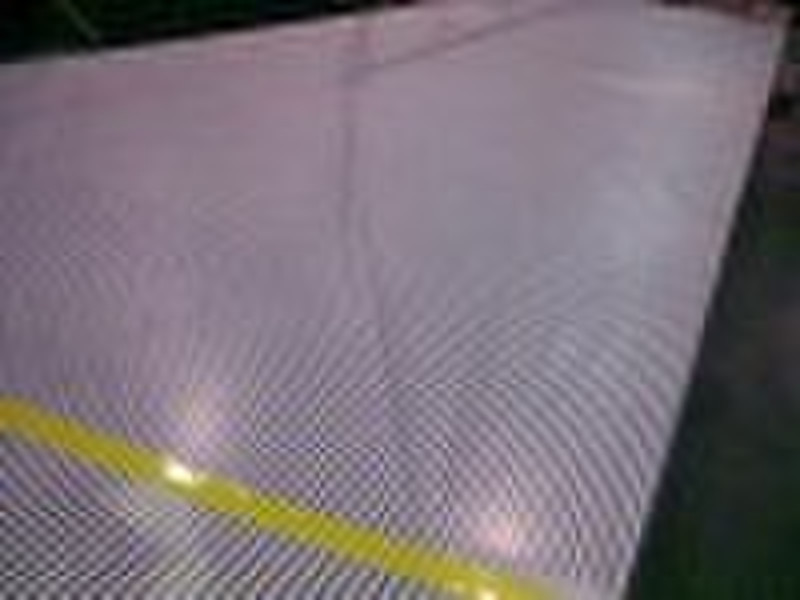Katalog
-
Katalog
- Auto & Motorrad
- Bauwesen und Immobilien
- Bekleidung
- Büro- und Schulartikel
- Chemikalien
- Dienstleistungen für Unternehmen
- Eisenwaren
- Elektrische Geräte & Zubehöre
- Elektronische Bauteile
- Energie
- Galanteriewaren
- Geschenke und Kunsthandwerke
- Gesundheit und Medizin
- Gummi und Kunststoffe
- Haus und Garten
- Haushaltsgeräte
- Koffer, Taschen & Hüllen
- Landwirtschaft
- Lebensmittel und Getränke
- Licht und Beleuchtung
- Maschinen, Geräte und Werkzeuge
- Maschinenteile und Herstellung Dienstleistungen
- Messapparat und Analysegerät
- Mineralien und Metallurgie
- Möbel
- Schuhe und Accessoires
- Schönheit und Körperpflege
- Service Geräte und -Ausstattung
- Sicherheit und Schutz
- Spielzeuge und Hobbys
- Sport und Unterhaltung
- Telekommunikations
- Textil und Lederware
- Transport
- Uhren, Schmuck, Brillen
- Umweltschutz
- Unterhaltungselektronik
- Verpacken und Drucken
- Werkzeuge
- Überschüssiger Warenbestand, Lager
Filters
Search
laminierten Keramikfrittenglas

James Chen
Kontaktperson
Basisdaten
| Funktion | Decorative Glass |
|---|---|
| Form | Curve |
| Struktur | Hollow |
| Technik | Clear Glass |
Ceramic Frit Glass - Ceramic frit is applied to the glass through a fine mesh screen with glass enamel before the glass is tempered or heat strengthened. On tempering or heat strengthening, the glass enamel fuses into the glass surface and becomes a permanent coating which cannot be damaged or removed by cleaning or scrubbing etc. Silk-screened glass can be specified for both exterior and interior applications. When used on building exteriors, the painted surface must be protected from direct contact with the environment and is normally found in an insulating glass unit. Combining silk-screened glass with clear, tinted, Low-E, or reflective glass, can control light transmittance; reduce solar heat gain and its aesthetic and performance characteristics are enhanced.Ceramic Frit Process: Silk-screening involves washing the annealed glass and then the ceramic frit paint is applied to the interior (non-weather) side of the glass. Frit consists of tiny glass particles, pigments and various chemicals for the curing. Ceramic frit is fired within a tempering furnace to create a permanent coating. The glass is always either heat strengthened or fully tempered to prevent glass breakage due to thermal stresses.Ceramic frit can be positioned in Face 2, 3 or 4 for optimum solar performance. The results are an increase in solar absorption on the interior glass ply and a lower shading coefficient. Silk-screening on these two surfaces becomes more apparent from the interior during nighttime conditions, which complements indirect interior lighting. Ceramic frit can be combined with clear or tinted glass substrates, as well as with high-performance coatings to reduce glare and decrease solar transmission.Characteristics of Ceramic Printed Glass:The coating is also not affected by moisture, oil, soaps, chemicals or detergents and retains its original appearance throughout the life of the glass.
Lieferbedingungen und Verpackung
Hafen: shenzhen
Zahlungsbedingungen
Letter of credit
Telegraphic transfer
-
Zahlungsarten
Wir akzeptieren:









